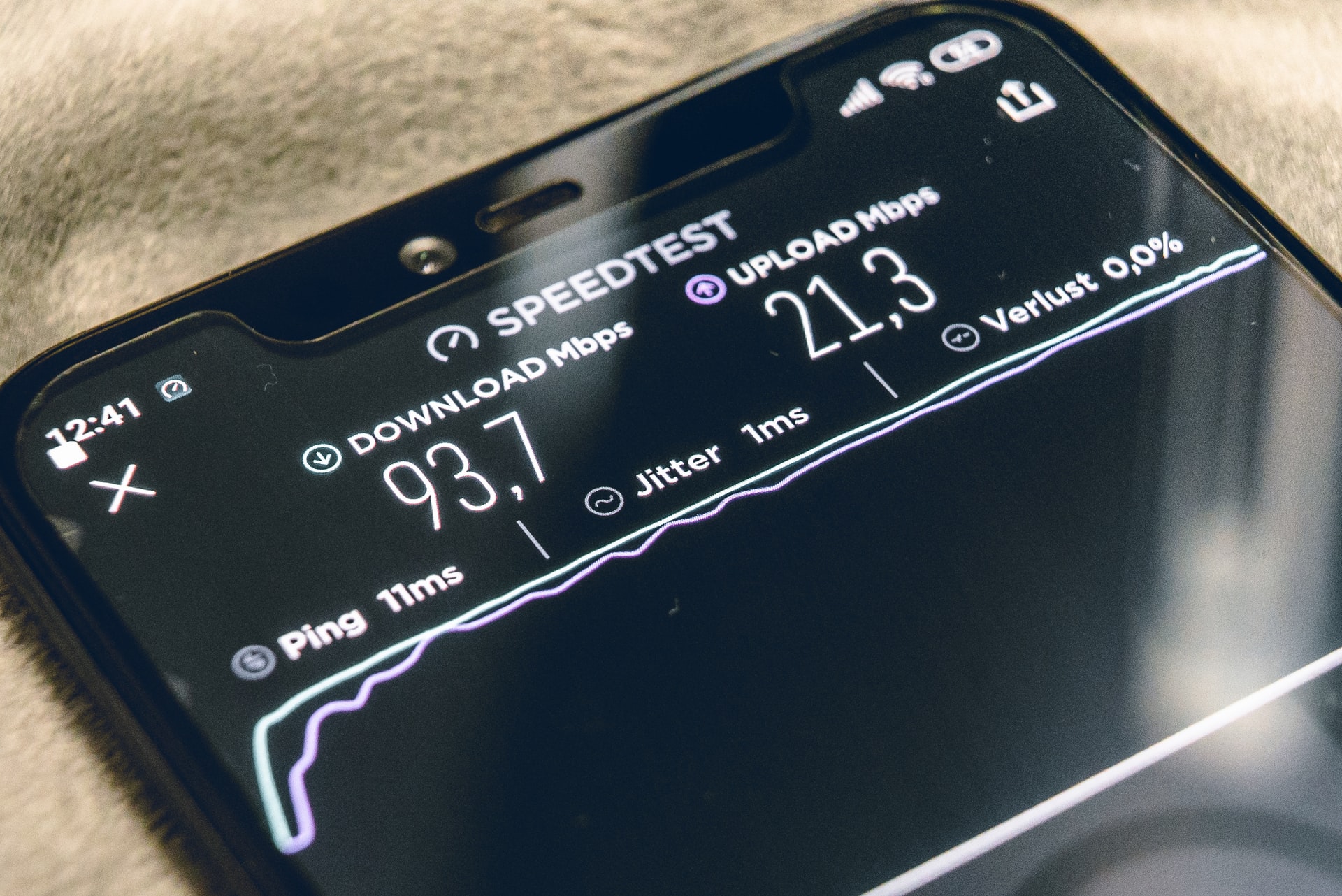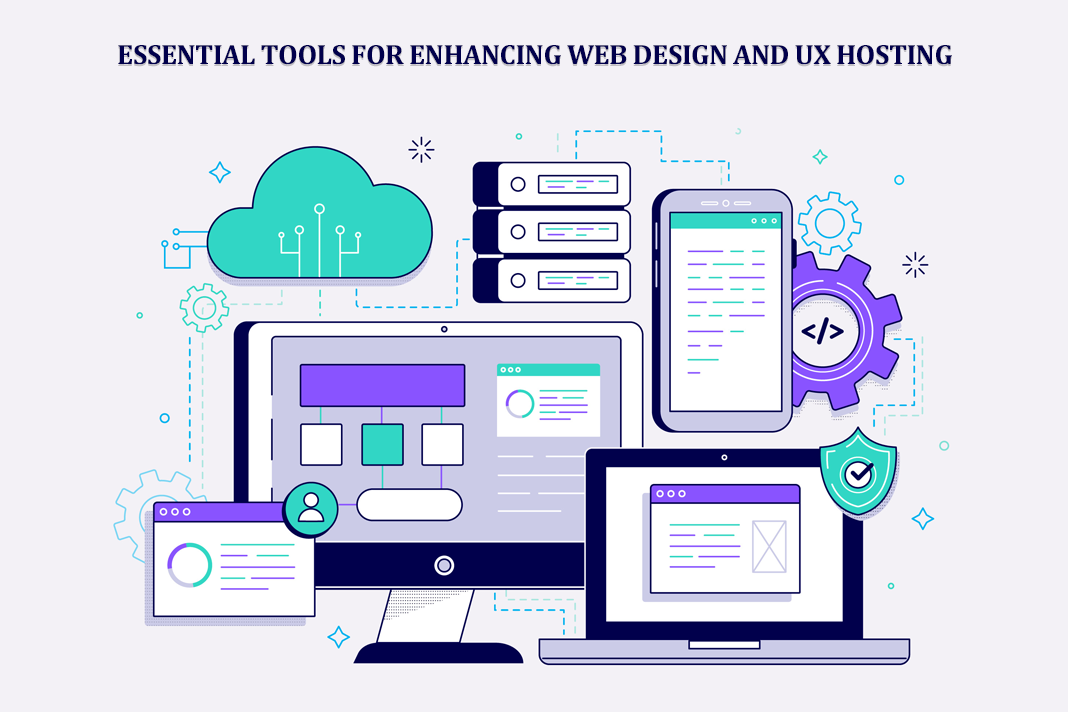Networking Infrastructure & 5G: Edge Computing Improves Data Processing, Reduce Latency, and Improve Customer Experience
Internet of things (IoT) devices are not new, but they’ve seen widespread adoption in both consumer and business applications. As these devices become more commonplace, there have been growing concerns over how to manage them and support IoT ecosystems.
Quick Links
Fortunately, 5G and edge computing offer a powerful combined solution to harness the power of IoT devices and enable businesses to expand their system and access and analyze high volumes of data.
What is 5G?
5G is the fifth-generation standard for broadband cellular networks and the latest in cellular technology. With speeds up to 100 times that of 4G, 5G is creating new opportunities for businesses to leverage the power of data.
Offering far more than just speed, 5G is capable of transmitting data using both medium- and high-frequency signals. 5G can also be used as an Enterprise Internet Redundancy Option. Current cellular technology uses the low-band spectrum exclusively, sending out signals over long distances. While this is valuable, low-frequency transmissions take up a lot of bandwidth. Traffic can get overcrowded quickly, impacting performance.
High-frequency signals take up less bandwidth and deliver higher data volumes, but they can’t carry over long distances like low-frequency signals and can’t pass obstacles like buildings.
By utilizing multiple spectrums, 5G can utilize the best of both range and bandwidth. Low bands handle distance while high bands transmit data quickly to the end user. More devices can be used at one time without affecting performance or creating too much network traffic.
What is Edge Computing?
In most conventional networks, data is stored, managed, and analyzed in a central location. The data comes in at the edge of the network, however, close to the IoT devices and end users. When data is needed, it’s transferred to the network core for storage, processing, and analytics, then responses are sent to the devices and end users. This creates considerable delays in transit that can impact mission-critical tasks.
Edge computing is a powerful solution to these challenges. By shifting key processes to the edge of the network, rather than the core, edge computing can improve issues like latency and poor network performance. This also works with IoT devices enabled with self-processing for data, allowing fewer processes to move to the network core.
Naturally, the biggest advantage of edge computing is that data processing and analytics take place at the network edge, close to where the insights are needed. A secondary advantage is that edge computing reduces the overall traffic and improves bandwidth.
In addition, edge computing allows data to be processed at edge data centers or on devices, creating more resilient networks. These centers can compile, process, and analyze data in isolated locations, protecting the rest of the network if any section or component should go down.
5G and Edge Computing Together
Individually, both 5G and edge computing allow networks to deliver better performance for IoT networks. Together, their complementary capabilities can deliver high-tier networks and power digital transformation for businesses.
IoT devices need a lot of connectivity to be effective. With the right connectivity, IoT devices can transmit high volumes of data quickly, and some IoT-enabled devices can store and process data locally and communicate information to nearby devices.
5G and edge computing work together to enhance each other’s capabilities. 5G expands on existing cellular technology for long-distance data transmission, but can’t maintain the levels of connectivity needed for IoT efficiency. Edge computing processes data close by, but doesn’t have the long-distance transmission.
Together, they bridge the gap and allow IoT devices to achieve and maintain high levels of connectivity on the network edge, transmitting massive amounts of data in seconds.
As 5G adoption increases, edge data centers and IoT-enabled devices can create processing locations for gathering, processing, and analyzing data at the edge without latency. This creates interconnectivity of 5G networks on the network’s edge to process data, deliver mission-critical analytics, and prioritize the information that needs to go back to the cloud-based data core.
Emerging Use Cases
Edge computing can enhance the promise of 5G in many emerging uses cases, including:
- Mobile Broadband & open RAN: Mobile broadband service is a significant 4G use case and one of the first 5G use cases. 5G eMBB service provides up to 100 times the broadband speed enhancement over 4G, particularly in high-frequency bands. It also creates open RAN standards and deployment for a diverse mobile operation ecosystem.
- VR/AR: As VR/AR technology becomes widely adopted, it will need 5G and edge computing for better image rendering close to the end user and low latency for better performance.
- Autonomous and connected vehicles: 5G and edge computing can sustain more devices and sensors to provide rapid, real-time insights for self-driving vehicles, as well as allowing vehicles to communicate with nearby vehicles.
- Drones: Onboard computing power limits the speed and agility for drones, but edge computing with 5G can offer onboard, fully offloaded to the edge, and partially offloaded tasks to an edge server to prioritize image processing, navigation, and communication.
- Telesurgery: Remote surgery requires a huge amount of data processing over a high-speed network with minimal delay and high network bandwidth. 5G and edge computing allow real-time medical video transmission with quality controls for delay, jitter control, and throughput.
- Medical robotics: Medical robotics isn’t new, but 5G and edge computing for IoT devices and AI can enhance training processes and provide real-time remote healthcare solutions.
- Real-time multiplayer online gaming: Game processing is done locally with data processed in large data centers. The time for data transit can degrade the gaming experience. 5G and edge computing put data hubs near the gaming devices, saving processing power for a faster gaming experience.
The Future is 5G Edge Computing
As customers demand more responsive data-enabled services, such as gaming, VR/AR, and autonomous vehicles, businesses will need to upgrade their networks to improve speed and bandwidth. With the combined capabilities of 5G technology and edge computing, businesses can fundamentally transform network services to create responsive and dynamic networks for IoT ecosystems.
—
Author Bio: Jason Khoo
Jason is the Head of SEM at SolidRun which is a global leading developer of embedded systems and network solutions, focused on a wide range of energy-efficient, powerful and flexible products which help OEMs around the world simplify application development while overcoming deployment challenges
Why WooCommerce is the Best Choice for Your Online Store?
WooCommerce stands out as a top option for anyone looking to build an online store. This platform…
0 Comments8 Minutes
How to Use AI-Powered SEO Tools for WordPress eCommerce
SEO is a critical factor in the success of any e-commerce WordPress store. As competition…
0 Comments11 Minutes
Why Short-Form Videos Are the Future of Content Marketing
Your Instagram customers spend over 50% of their time watching short-form videos and reels. Rather…
0 Comments12 Minutes
The Role of Digital Marketing in Business Growth
Online marketing touches every aspect of a business, whether it is initiating the idea or for an…
0 Comments3 Minutes
AI Meets Authenticity: Balancing Automation and Human Touch in Content Marketing
Is your brand starting to sound like a robot? In a world where algorithms write faster than any…
0 Comments8 Minutes
Essential Tools for Enhancing Web Design and UX Hosting
Have you ever visited a website that felt slow, clunky, or confusing? A website that is poorly…
0 Comments11 Minutes
How a Mini Cart Transformed My Store’s Shopping Experience
Okay, real talk—running an online store is hard. You think you’ve got everything figured out, you…
0 Comments9 Minutes
Balancing Your Security Initiatives With Industry Compliance Requirements
Managing a business today comes with a number of daily battles that need to be fought. Resources…
0 Comments11 Minutes








